Designed to an official requirement of 1935, the Liore-et-Olivier LeO H-246.01 flying boat prototype flew on 30 September 1937. A graceful parasol wing monoplane, its metal hull incorporated a flight deck for the four man crew and a main cabin for 26 passengers. In January 1938, Air France ordered six H-246.1 aircraft in addition to the prototype, and two aircraft were about to enter service when the war broke out. The French navy intended to impress all six series aircraft for maritime reconnaissance, but in the event only one was converted. This was the third series aircraft, which flew in June 1940, and then went into service with Escadrille 9.E with a modified extended glazed nose section. It was armed with four 7.5-mm Darne machine guns and could carry 600kg of bombs beneath the engine nacelles.
From October 1939 to November 1942 the civil LeO boats operated the air route to Algiers for Air France. after that they were seized by the Luftwaffe, converted to carry 21 troops or 14 stretcher patients, and armed with five 7.92-mm MG15 machine guns, one in a bow turret, two lateral positions and two more firing through windows at the rear of the flight deck. They were used on a variety of tasks, including brief operations in Finland. Post war, two surviving LeO H-426.1s were used for a time on the Air France Marignane-Algiers route.
SpecificationsLeO H-426.1
Poweplant: four 720-hp Hispano Suiza 12Xgrs/Xhrs V-12 piston engines
Performance: Max Speed=330kph, Service ceiling= 7000 meters, Range=2000km
Weights: Empty= 9800kg, Fully loaded=15000kg
Dimensions: Span=104ft, Length=69ft 5in, Height= 23ft 5in, Wing area=1,410.12 sq ft
Pictures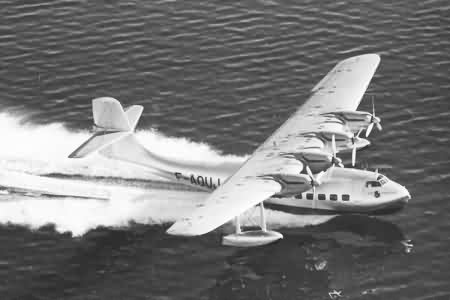


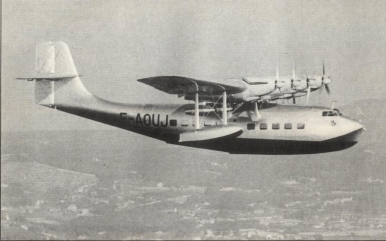





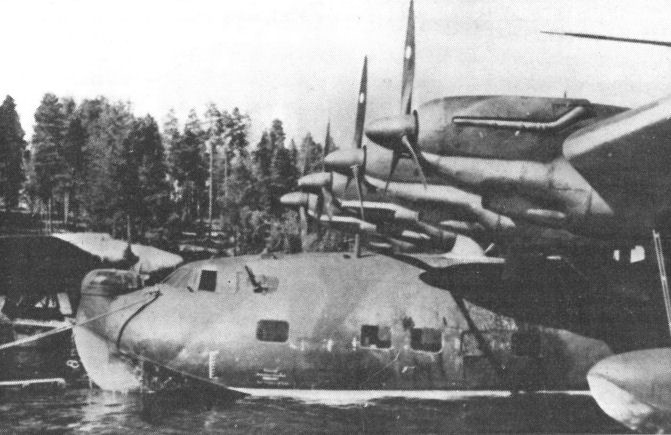
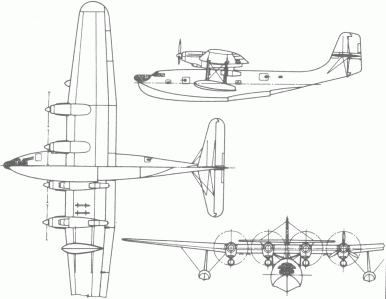
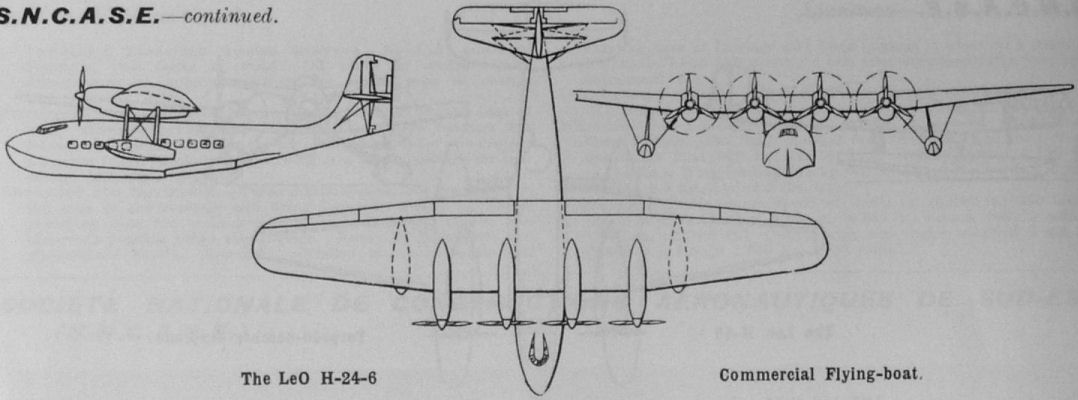




Sincerely,
James
 Author
Topic: Liore-et-Olivier H-246 (Read 3993 times)
Author
Topic: Liore-et-Olivier H-246 (Read 3993 times)


